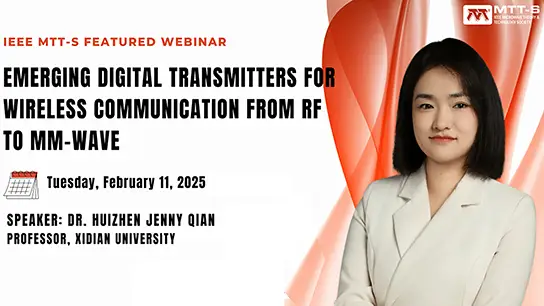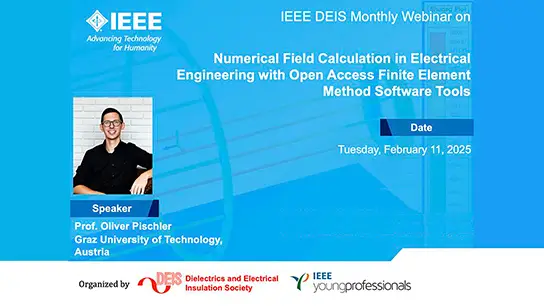-
Members: FreeEPS
IEEE Members: Free
Non-members: FreeLength: 00:53:11
11 Nov 2021
Abstract: Over the 2020’s, quantum communication and quantum computing applications are expected to gain traction. Central to these applications is the requirement to send single or entangled photons over optical networks without “decoherence”, which can be caused by direct measurement or by disruption to the photon propagation due to aberrations in the optical conduit. This emerging field is therefore expected to fuel demand for a new generation of “quantum grade” optical cables and connectors, which will allow larger proportions of entangled photons to propagate over optical networks without decoherence, thus improving the efficiency of the quantum optical network.
In this talk we report on the first critical stages of forming the cabled infrastructure for a future quantum internet by leveraging the latest advances in low-attenuation optical fiber and fiber-optic connectors with both ultra-low insertion loss and very high return loss and discuss key considerations in manufacturing quantum-grade optical fiber, fiber optic connectors and the resulting optical cable assemblies with emphasis on the conditions for quantum grade fiber ferrule manufacture and fiber assembly.
We report on the first development of such quantum grade optical cables using these techniques and the initial characterization results: Initial Optical Time Domain Reflectometry (OTDR) measurements carried out on such quantum grade pluggable connectors showed that mated connections were indistinguishable from fusion splice connections for measurements carried out at both 1310 nm (O-band) and 1550 nm (C-band). The next phase of quantum grade connectivity will focus on novel, ultra-low loss coupling solutions between fiber and quantum integrated circuits (QuICs). For example the European H2020 Uniqorn project seeks to integrate entire quantum-optic systems into system-on-chip (SoC) realizations, leading to highly miniaturized solutions for further system- and network-level integration for diverse applications beyond simple QKD.
Bio: Dr. Bernard Lee is currently the Director of Technology & Innovation at SENKO Advanced Components. He started his career in optical communications when he was a Senior Research Officer for the European Union IST project known as DAVID in 2000. In 2003, he joined Telekom Malaysia R&D where he has held various technical and management positions there including the Head of Photonic Network Research and also Head of Innovation and Communications. Bernard then joined the parent company, Telekom Malaysia (TM) in 2010 as the Assistant General Manager at the Group Business Strategy Division. He is also an Expert at the International Electrotechnical Commission (IEC), a Chartered Engineer (CEng) accredited by the Engineering Council of UK, a Professional Engineer (PEng) registered with the Board of Engineers Malaysia and also a BICSI Registered Communications Distribution Designer (RCDD).


